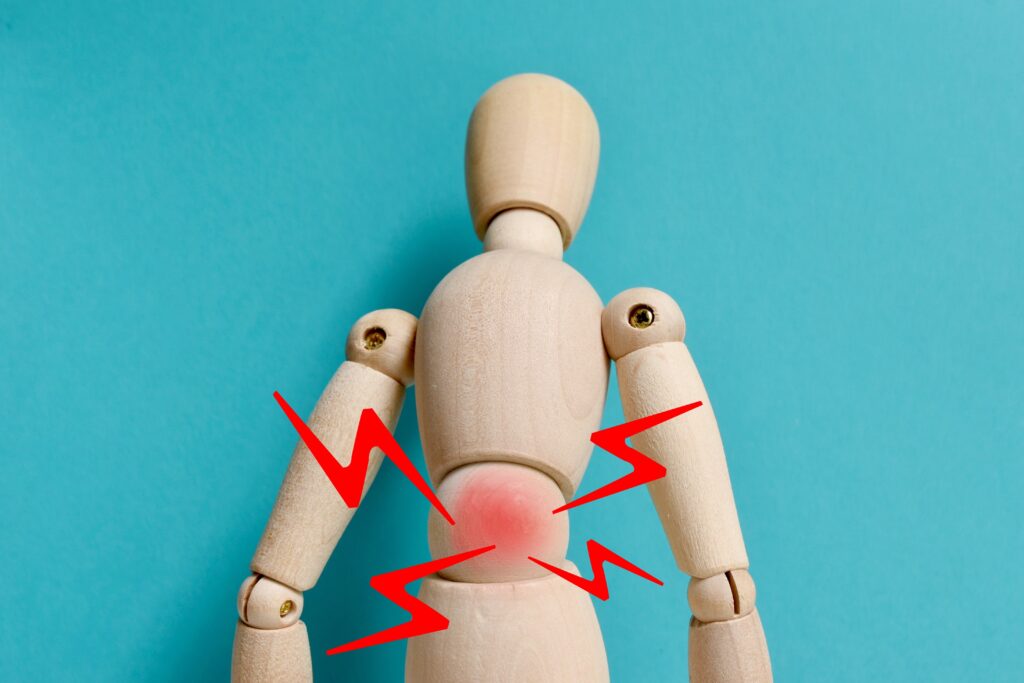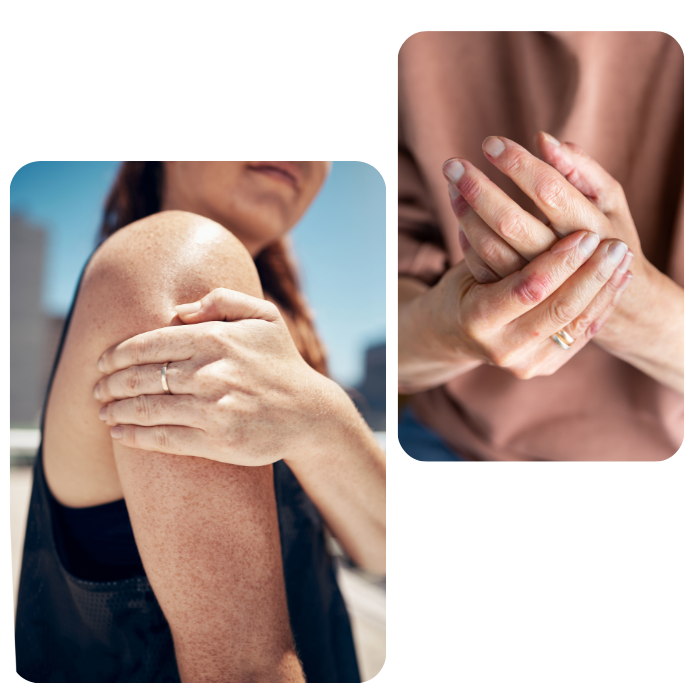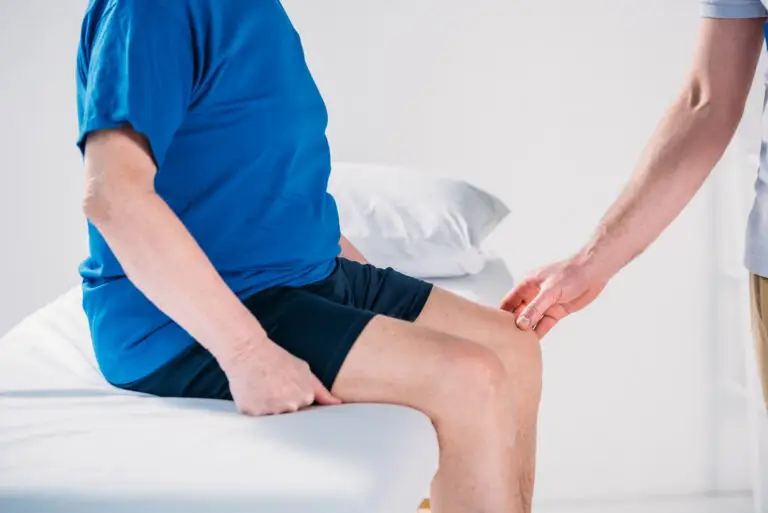Headaches are one of the most common health complaints worldwide, affecting people of all ages and lifestyles. While most headaches are mild and temporary, some can be severe, persistent, and debilitating—impacting daily life and overall well-being. Understanding the causes, symptoms, and treatment options is essential for effective relief and prevention.
Complex Regional Pain Syndrome Treatment
CRPS causes intense, persistent pain that can affect your daily life. I provide thoughtful, evidence-based care to help you find relief and regain control.

Understanding Complex Regional Pain Syndrome (CRPS)
Progression

Progression
Function

Function
Quality

Quality



Treatment Approach
Dr. Buddhavarapu offers personalized, integrative CRPS treatment in NYC designed to relieve symptoms like muscle stiffness, hand swelling, and arm pain. If you’ve been searching for muscle stiffness relief, or are dealing with swelling and stiffness that won’t go away, it may be time to consult a hand swelling doctor. Our team uses a combination of advanced diagnostics, regenerative therapies, and supportive care to reduce pain and restore function.
Step
Personalized care plan
Step
Integrative therapies
Step
Ketamine as a tool
Step
Ongoing support

Recognizing
CRPS Symptoms
- Burning or throbbing pain
- Sensitivity to touch or cold
- Changes in skin temperature, color, or texture
- Swelling or stiffness in joints
- Weakness or decreased mobility
Take the First Step Toward Relief!
Frequently asked questions
What causes CRPS?
CRPS often follows an injury, surgery, or trauma, but its exact cause isn’t fully understood — it involves abnormal pain signaling in the nervous system.
Is CRPS curable?
While there’s no guaranteed cure, early, personalized treatment can significantly reduce symptoms and improve function.
How is CRPS diagnosed?
CRPS is diagnosed through a careful clinical evaluation of symptoms, medical history, and sometimes specialized tests to rule out other conditions.
What treatments are available?
Treatment may include medications, nerve blocks, ketamine therapy, physical therapy, and integrative approaches tailored to you.
When should I seek help?
If you have severe, persistent pain or unusual changes in your skin or mobility after an injury, don’t wait — early treatment gives the best chance for recovery.
Related Posts
Chronic and acute pain can be life-altering, but opioids are no longer the only option for effective relief. At Dr. Buddhavarapu’s Serene Healthcare Center, we specialize in opioid alternative therapies that help patients manage pain while avoiding the risks of addiction, tolerance, and withdrawal.
These non-opioid pain management approaches combine modern medical science with holistic care to improve quality of life — without compromising safety.
Imagine a healthcare experience where you have direct access to your doctor, unhurried appointments, and a plan tailored specifically for you. This is the promise of concierge medicine — a modern model transforming how care is delivered.
Millions of people live with chronic pain that doesn’t respond well to conventional treatments. Conditions like neuropathic pain, fibromyalgia, and CRPS can take a toll on quality of life. Ketamine therapy, once reserved for anesthesia, is emerging as a promising option in pain management. In this blog, we’ll break down how ketamine works, its benefits, and what patients can expect.
Phantom limb pain affects up to 80% of amputees, turning loss into ongoing suffering. But today, science and integrative care provide new hope.
Chronic pain can feel like a prison — but for many, the key out has long been opioids. Yet, what started as relief often spirals into dependence, side effects, and diminishing returns. Today, the medical community is focused on opioid-sparing strategies — approaches that manage pain while minimizing reliance on narcotics. Let’s explore why this shift matters, and how integrative, patient-centered care can offer a safer path.






